From usnews.com
If you have had a sharp pain shooting down one leg, you may be experiencing a condition called sciatica.
Here is what you need to know about sciatica, including what it is, its causes, symptoms and treatments. Plus, learn about medications, self-care and stretches that may provide relief.
What is sciatica?
Sciatica refers to pain that travels along the path of the sciatic nerve. The sciatic nerve travels from the lower back through the hips and buttocks and down each leg. The pain may be severe but usually clears up in a few weeks.
Sciatica nerve pain causes and risk factors
Causes of sciatic nerve pain include anything that affects the sciatic nerve, according to Penn Medicine:
- Slipped or herniated disk
- Spinal stenosis
- Piriformis syndrome
- Pelvic injury or fracture
- Tumours
- Spondylolisthesis
The Cleveland Clinic notes that risk factors include:
- A current or previous injury
- Normal wear and tear
- Excess weight or obesity
- Insufficient core strength
- Your job
- Type 2 diabetes
- Physical inactivity
- Improper form when lifting
- Tobacco use
Penn Medicine further reports sciatica pain can vary from mild tingling to a dull ache or a burning sensation. Typically, the pain affects one side of the body. It may worsen:
- After standing or sitting
- At night
- When sneezing, coughing or laughing
- When bending backwards or walking a few yards
- When straining or holding your breath
Sciatica treatment
Sciatic nerve pain will typically improve on its own, although the following treatments may provide relief:
- Medications including nonsteroidal anti-inflammatories such as ibuprofen, steroids, antidepressants, seizure medications and opioids.
- Applying heat or cold to the sore muscles and ensuring that you are moving may also help.
If your condition persists, your health care provider may recommend surgery.
Sciatica stretches
Stretches may help alleviate the pain caused by sciatica. It is always important to check with your doctor before beginning any exercise regimen. These stretches are from Brian Jones, a physical therapist at HSS Rehabilitation and Performance in New York. If you find that any of these stretches increase your pain, stop immediately. Ideally, the stretches can be done daily, with a minimum of twice a week.
Glute bridge
- Lie on your back with your knees bent and feet flat on the floor, hip-width apart. Allow your arms to rest straight at your sides, palms down.
- Tighten your core, drawing in your belly button toward your spine.
- Press your arms into the floor for support and push through your heels, raising your hips toward the ceiling and squeezing your glutes. The goal is for your body to form a straight line from head to knees, with very little arch in the lower back.
- Hold 5 to 30 seconds. Lower slowly.
Clamshell
- Lie on your side with both knees bent. Tuck your bottom arm under your head to support it.
- Engage your core, drawing in your belly button toward your spine.
- Keeping your feet together, slowly raise your top knee, opening your legs like a clamshell opens. Use your top arm to help steady yourself so you don’t roll toward your back.
- Hold 5 to 30 seconds. Lower slowly.
Bird-dog
- Start on all fours. Be sure your hands are directly below your shoulders and your knees are directly below your hips.
- Engage your core, drawing in your belly button toward your spine. Gaze forward and slightly down (about a foot in front of your hands) to avoid putting stress on your neck.
- Lift your left arm straight in front of you and extend your right leg straight behind you. (You can do this at the same time or one and then the other.) Be sure they are in a straight line with your back. (Doing this next to a mirror can make it easier to check your form.)
- Pause, then lower your hand and leg. Check that your back is still straight, not sagging or hunched. Readjust your gaze if your neck is bothering you.
- Repeat with the other leg and arm.
Living with sciatica
“Most cases of sciatica resolve in less than 4 to 6 weeks with no long-term complications even if no medical therapy is sought," Dr. David Davis of Orange Park Medical Centre in Jacksonville, Fla., writes in StatPearls. "In more severe cases or cases where the neurologic deficit is present, the patient may have a more prolonged course of recovery. However, recovery is still excellent.”
Maintaining a healthy weight, exercising if possible, and completing your stretching exercises may help improve your pain and prevent future recurrences. Seek medical help if your condition does not improve, or if it worsens. If you have bowel or bladder issues, or are unable to move your leg, it is time to seek immediate care.
Copyright © 2023 HealthDay. All rights reserved.

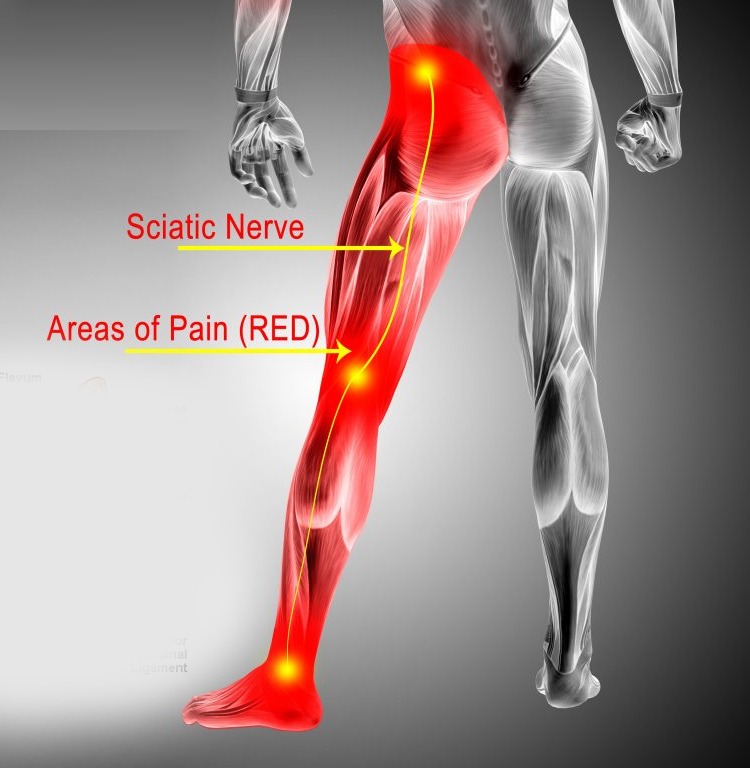
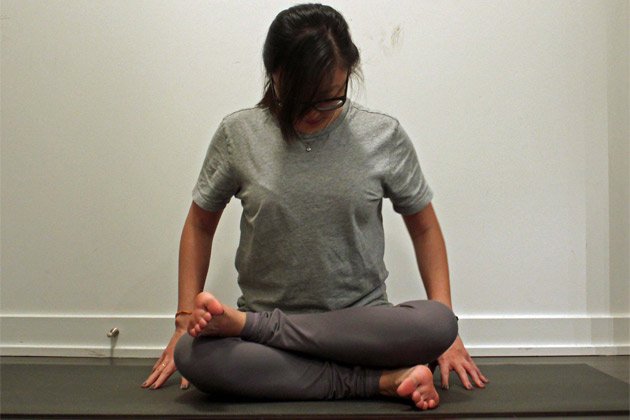

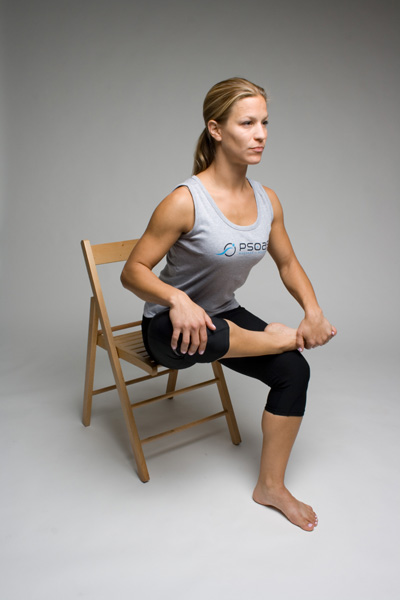
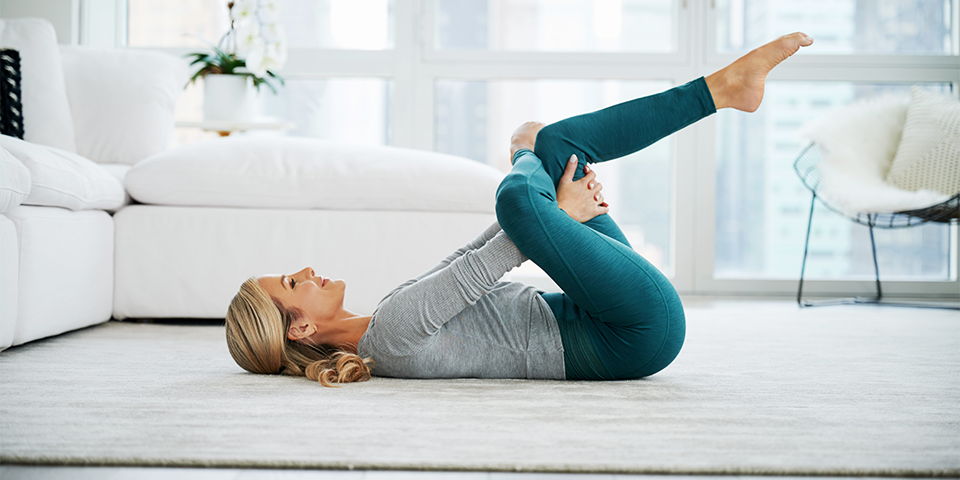

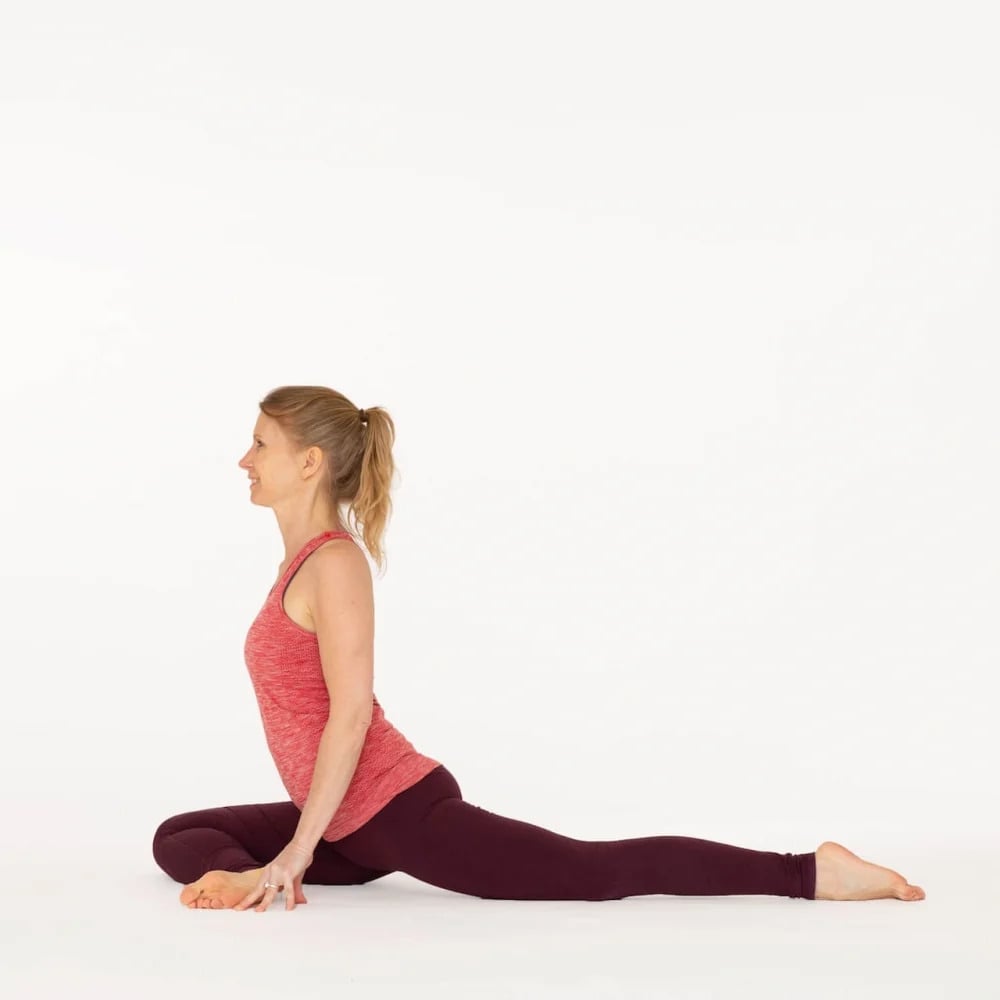
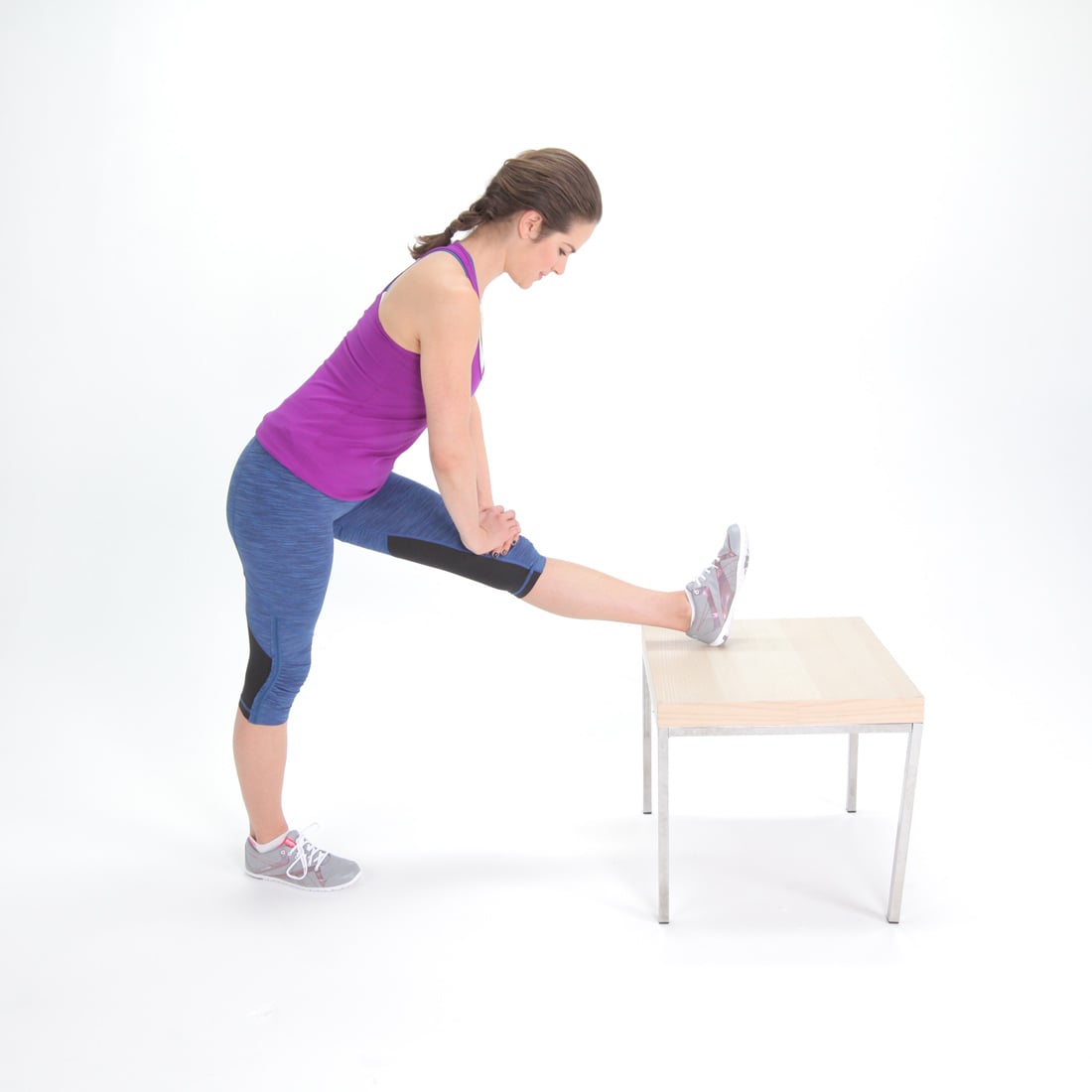
:max_bytes(150000):strip_icc()/FINAL_VWFitFitnessAnnotations43-5b75d6d246e0fb00507dd10f.jpg)



.png)